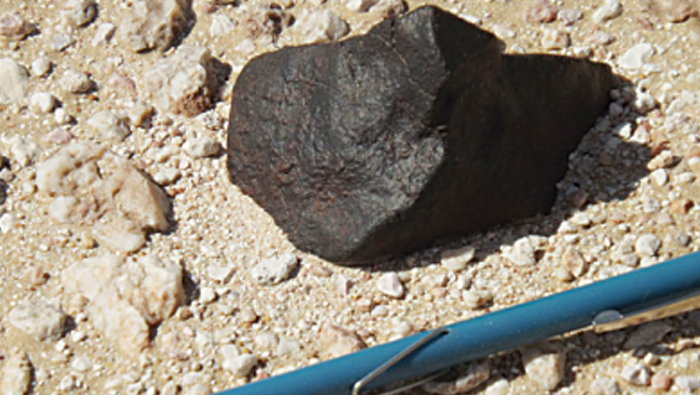
Muscat: A search has started for moon rocks in Oman, headed by the Public Authority for Mining. The agency has teamed up with the Swiss Natural Museum and the Swiss University of Bern, which was established in 1834 and had conducted similar work in the Sultanate before.
D. Subhi Nasser, Director of the Earth Science Research Centre at Sultan Qaboos University said to Times of Oman, “These meteors are ancient. Moon rocks are about 4 to 4.5 billion years old, and originated when a meteor struck the earth around that time, displacing a part of it into space, what we now know as the moon.
“These rocks are valuable because they allow us to study meteorites in their original composition, letting us see how the chemistry of the universe works. This makes them better for studying than sending spaceships out to these planets. And half of the rocks that have fallen to the earth during the past 10-40 thousand years have fallen in Oman.
He also said to al Shabiba, Times of Oman’s sister publication, “There is an economic value to moon rocks and rocks from Mars, as a gram can cost between USD2000 and USD4000. However, these meteorites are more valuable to science. Our centre is the only one in the Middle East authorized to name these meteorites.”
A statement from PAM read, “The team had conducted a search for Omani meteorites in 2018 which resulted in 352 pieces, equivalent to 53 kilograms.”
Nasser added, “Identified and named meteorites from Oman have now reached 5500 meteorites, and there are 300 unnamed meteorites or those that are still in the hands of meteor hunters or locals.
“The importance of meteorites comes from type, as a large number of them are moon-rocks (190 meteors) and rocks from Mars (80 meteors) which are all rare.
“Most Omani meteorites are found between Adam, Thamreet, Haima, and al Ghafat because of the white sands of these areas, which means that meteorites stand out against the surface since they have a dark colour.”